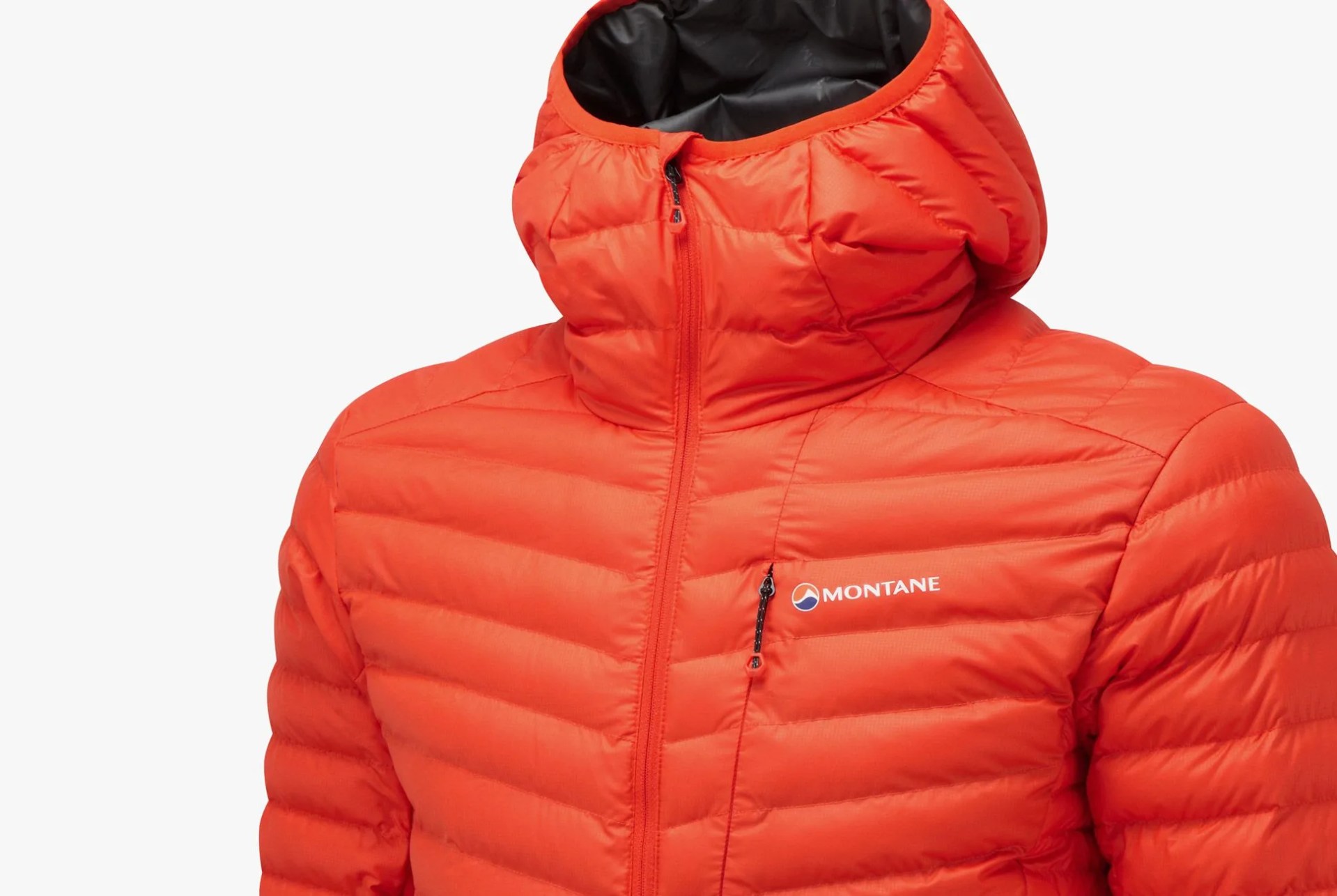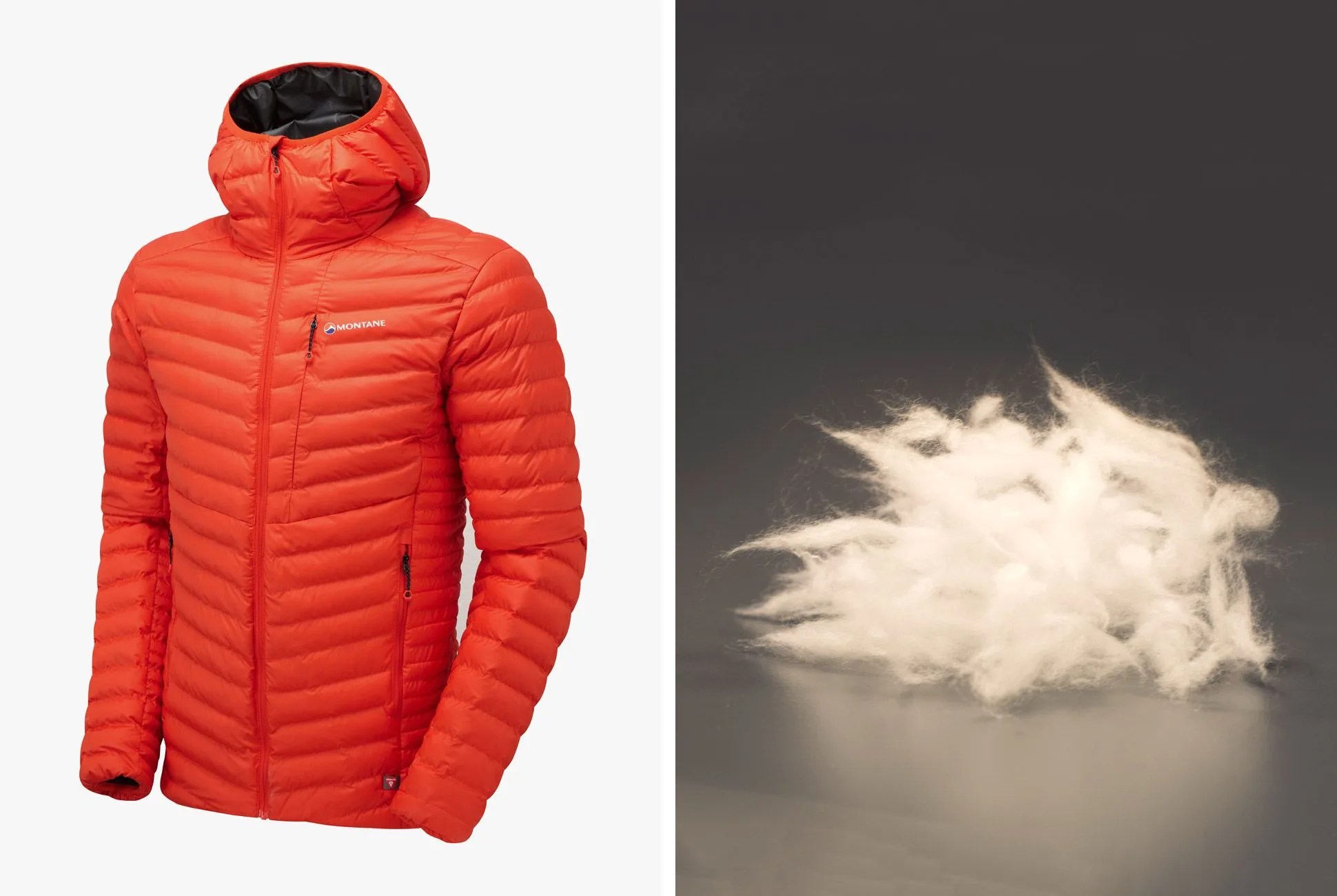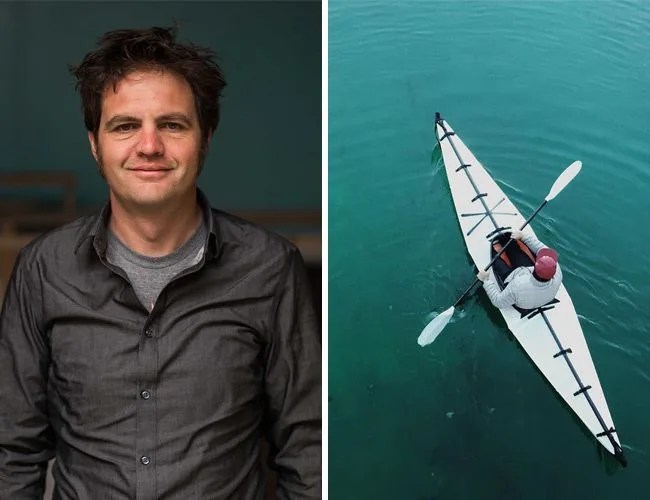You take your synthetic puffy coat for granted. It’s filled with warm, water-resistant, bird-friendly compressible fibers, but you want it to be warmer, lighter and pack down smaller. It’s okay though, no one would blame you — certainly not Vanessa Mason, the director of engineering at PrimaLoft. She spends her days toiling behind a desk, managing a full staff of engineers and traveling to production facilities overseas because she feels exactly the same way — she wishes her synthetic jacket performed at a higher level. “If I worked twenty-four hours a day,” she says, “I probably still wouldn’t get my job done.”
Mason started with PrimaLoft back in 2000 and it’s been through her team’s work that insulation technology has made some great strides. The Latham, New York–based company just released its latest innovation, ThermoPlume. According to Mason, ThermoPlume is essentially “small, silky chunks of fiber plumes shaped like sails.” It has the ability to flow freely, like down feathers, which have long been considered the gold standard when it comes to insulation. But synthetic is catching up, and ThermoPlume is a sure sign of it.
Q: What problem does ThermoPlume solve?
A: As long as I’ve been around at PrimaLoft, brands have been asking us for a 100 percent all-synthetic blowable structure. They were looking for the extended comfort that a synthetic product provides in a much wider range of climates or environments. They were looking for an all-synthetic product that will give you that puffy look and feel of down. And they also wanted a product that didn’t require a new or difficult-to-install garment manufacturing process.
Q: Why should people care about blowable synthetic insulation?
A: The consumer is going to get the aesthetic hand feel and lightweight warmth that’s typical to a down jacket, but they’re going to get the extended performance characteristics of synthetic — like breathability, warm-when-wet, and high compressibility. So you’re getting the look and feel of down, but the performance of synthetic. The brands benefit, too, from a manufacturing standpoint. The fact that it can be blown through traditional down processing equipment is ideal for them — it allows a simple manufacturing process and it gives those brands and designers the freedom to design garments that’ll look and feel like down. Synthetic fill also allows brands to offer their consumers products free from violating animal rights.

Q: Why did it take so long to develop something like this? What was the biggest challenge?
A: We had attempted many times to make a blowable structure, but we were focusing too much on materials development and not so much on the structure. That was really the lag in development. Synthetic fibers are not really distinct or individual, but down clusters are, which allows them to flow freely. We were really focusing on the molecular weight of the synthetic versus the down, and not so much the structure. But as soon as we came across equipment we could manipulate so that we could get individualized synthetic structures, that’s where we made the advancement. Synthetic
But as soon as we came across equipment we could manipulate so that we could get individualized synthetic structures, that’s where we made the advancement. Synthetic fibers, in general, tend to want to stick together and hang out, so you get bunching. We found the mechanism to separate and individualize different fiber structures so that they could flow more freely, like a down product.

